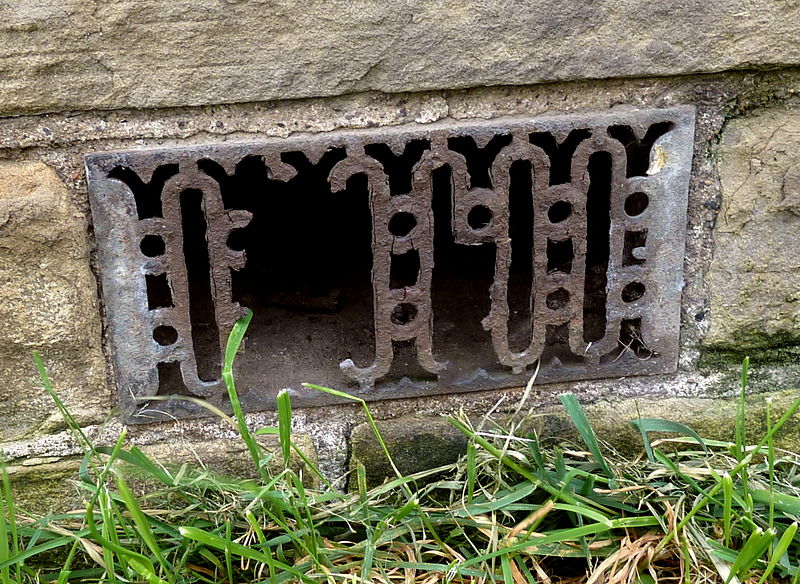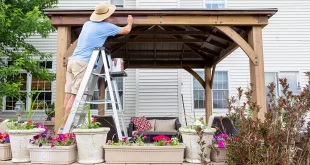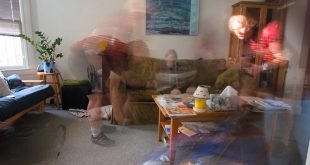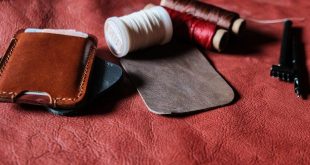You may not think much about the space under your floor but it is there for a reason. Having a gap under your floor means that air can sit under your home, this creates a cushion that helps to hold the air in your home, assisting it to stay cooler in the summer and warmer in the winter.

The Issue With Underfloor Spaces
However, underfloor spaces can also create an issue for your home. If the ventilation is not adequate the air under your floor will get warmer and this allows it to hold more moisture. The air can absorb moisture from the ground below it.
If this air isn’t removed the moisture will sit against your floorboards and other wooden structures under your floor. Over time wet rot will set in which weakens the wooden boards and ultimately requires you to do an expensive re-fit.
But, that isn’t the only issue. The dampness will also create a perfect environment for mold growth. These spires can then penetrate your home and they can cause health issues, especially if you are prone to allergies.
In short, if you haven’t got a good underfloor ventilation system, you need to install one.
How To ventilate Under Your Floor
Ventilating is simple. You need an entry and an exit point for the air. These points will need to be vented to ensure rodents and other pests don’t get under your home. They also should be lined up to create a natural airflow. You may need to experiment a little to get the right spots for this.
Once position, air should naturally blow in one side and out the other, helping to reduce dampness under your floor.
An Effective Way To Improve Underfloor Ventilation
The best way to improve the ventilation under your floor is to get the professionals to fit an underfloor ventilation system.
Instead of relying on natural airflow, the system adds a fan to one air entry point. The fan can be set to suck air in or to blow it out. It has a one-way valve in the pipe to ensure air can only move in one direction.
On the other underflow entry point, the company will fit a one-way valve. This allows the air to be pulled in and out via the fan, or in via the fan and out via the secondary point.
You can then control when the system is on or, preferably, set it on a timer. The best time to move the air in and out is overnight as this is when the air is coolest and will remove the most moisture.
The best thing about adding this to your underfloor ventilation is that it is defined, you know the air is moving and you are reducing damp and associated issues.
Underfloor ventilation is a good way to protect your home and even reduce your energy bills, you simply need to make sure the underfloor ventilation is working properly, fitting the fans and valves does that.
 World inside pictures Collect and share the best ideas that make our life easier
World inside pictures Collect and share the best ideas that make our life easier








